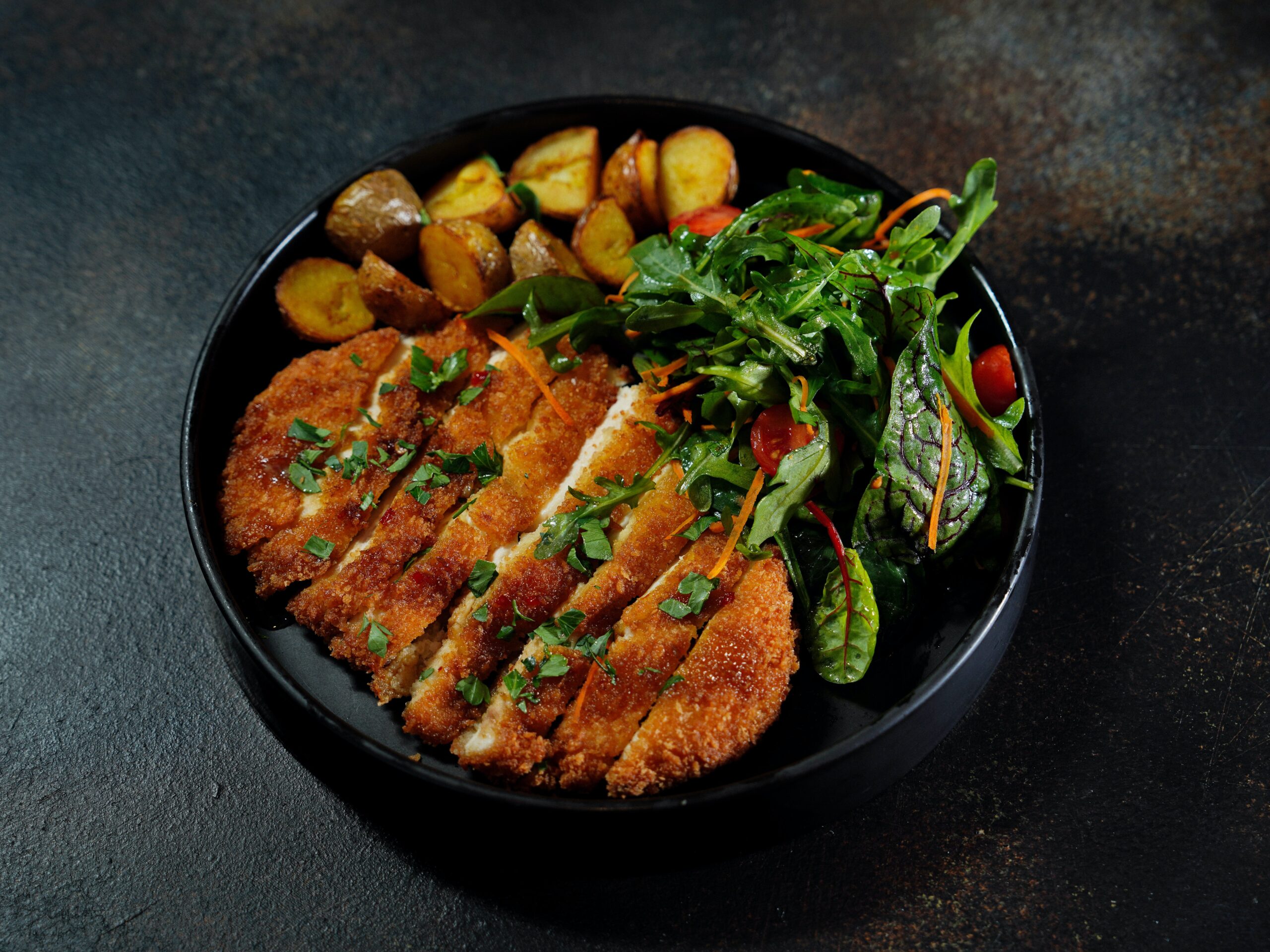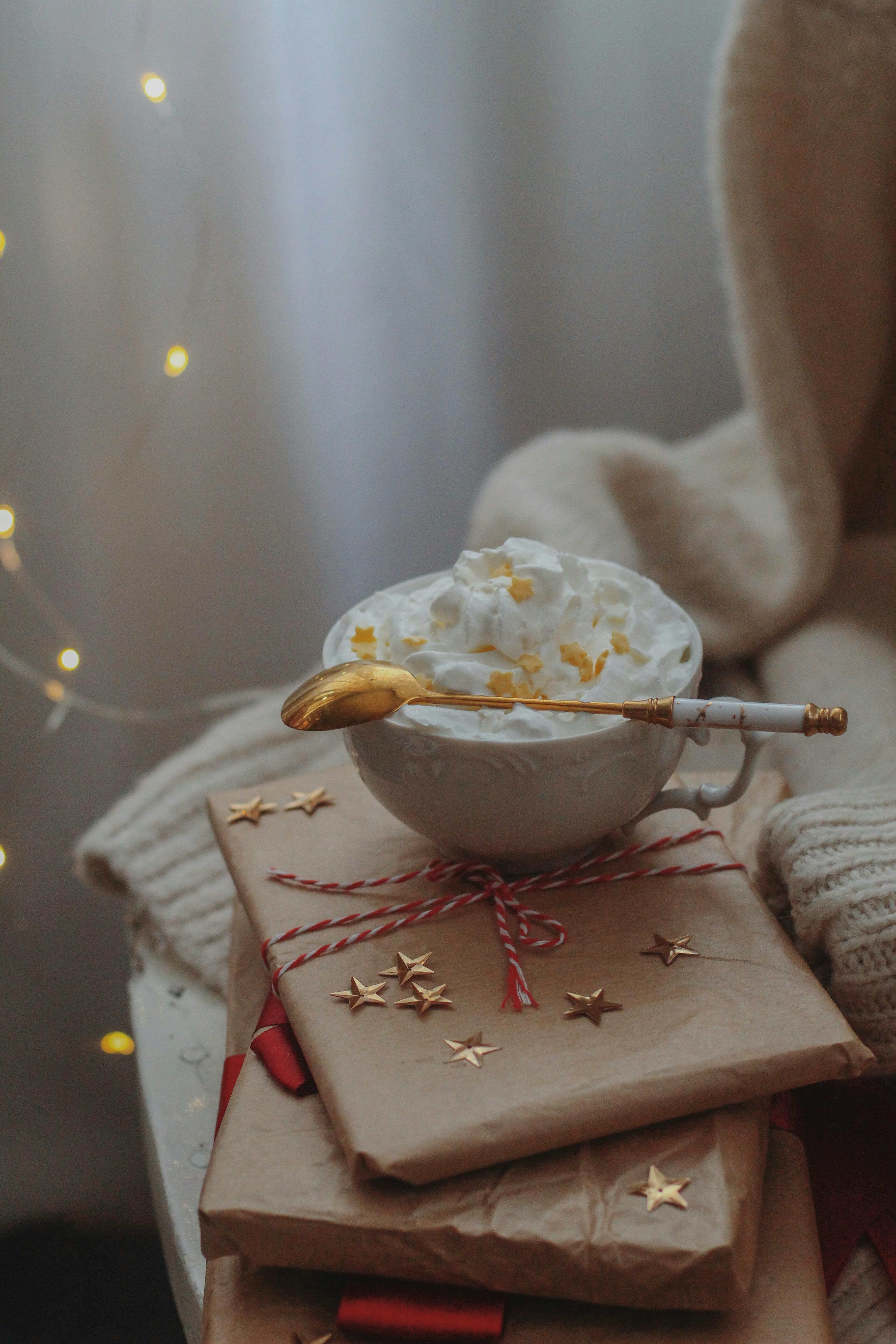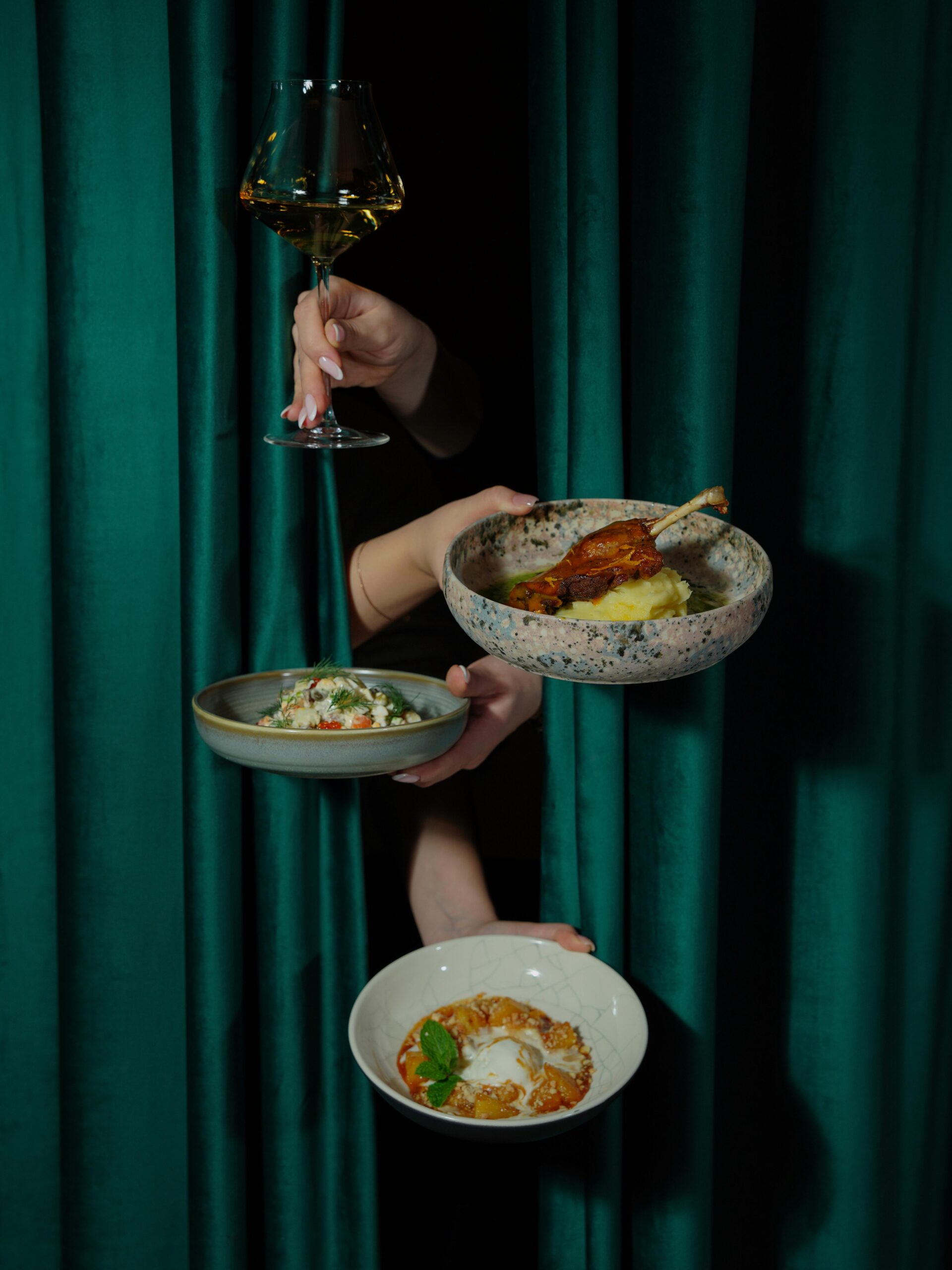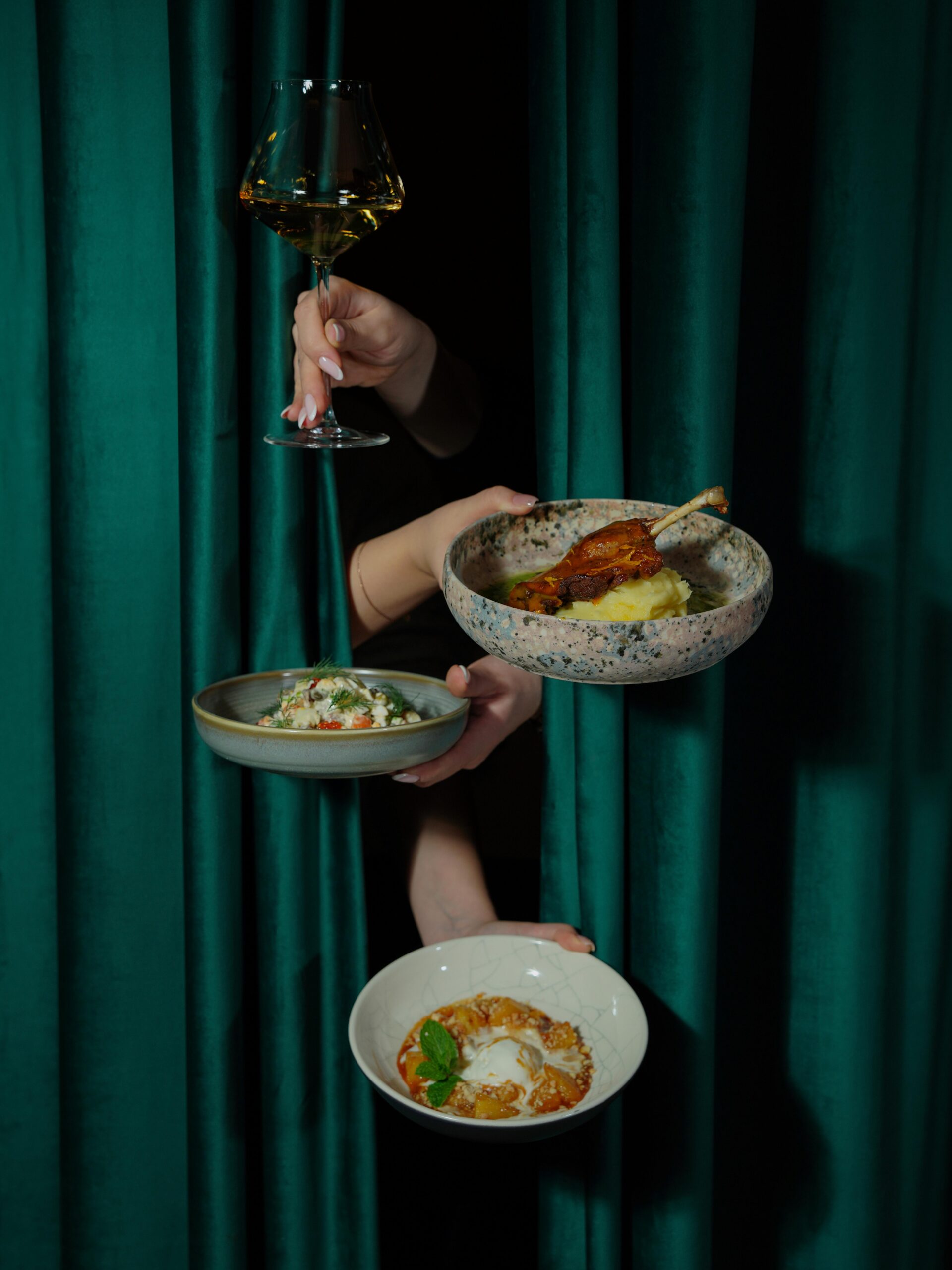Imagine adding a vibrant and enticing touch to your culinary creations with the use of edible flowers. Whether you are a seasoned chef or a beginner in the kitchen, exploring the world of edible flowers can open up a whole new realm of flavor and visual appeal. In this article, we will guide you through the art of incorporating edible flowers into your cooking and garnishing, allowing you to effortlessly elevate your dishes to a whole new level. From delicate petals to aromatic blooms, prepare to embark on a culinary adventure that will tantalize both your taste buds and your senses.
Choosing Edible Flowers
Identifying edible flowers
When it comes to choosing edible flowers for your culinary creations, the first step is to familiarize yourself with the various types of flowers that are safe to eat. Some common examples of edible flowers include pansies, marigolds, violets, and nasturtiums. These flowers not only add a vibrant pop of color to your dishes but also impart unique flavors and aromas.
To identify edible flowers, it’s important to consult reliable sources such as cookbooks, gardening books, or reputable online resources. Look for detailed descriptions and clear photographs that can help you recognize the flowers accurately. Additionally, consider attending local workshops or joining gardening communities where you can learn from experienced enthusiasts.
Avoiding toxic flowers
While there is a wide range of edible flowers available, it’s important to be aware of toxic flowers as well. Some flowers may look enticing, but they can be highly poisonous if consumed. Examples of toxic flowers include daffodils, lilies, rhododendrons, and foxgloves. To avoid any mishaps, it’s crucial to thoroughly research before consuming any flowers.
If you’re uncertain about the toxicity of a particular flower, it’s best to err on the side of caution and refrain from eating it. Remember, it’s always better to be safe than sorry, especially when it comes to your health.
Considering taste and aroma
When selecting edible flowers for your dishes, it’s essential to consider their taste and aroma. Each flower has its own distinct flavor profile, which can range from mild and sweet to slightly peppery or even bitter. Understanding the flavor characteristics of different flowers will help you choose the ones that complement your recipes.
Some flowers, like lavender and rose, have a strong fragrance that can enhance the overall aroma of a dish. Others, such as marigolds or chamomile, have a subtler taste that can add a delicate touch to your culinary creations. Experiment with different flowers to find the ones that align with your taste preferences and the flavor profiles you want to achieve in your dishes.
Preparation Techniques for Edible Flowers
Cleaning edible flowers
Before using edible flowers in your cooking, it’s crucial to ensure that they are clean and free from any contaminants. Even if you grow your own flowers or purchase them from a trusted source, they may still come in contact with dirt, insects, or pesticides.
To clean edible flowers, gently rinse them under cool, running water. Be careful not to submerge them for too long, as excessive water exposure can cause the delicate petals to become mushy. After rinsing, inspect the flowers for any remaining debris or insects and gently pat them dry with a clean kitchen towel or paper towel.
Storing edible flowers
To preserve the freshness and quality of edible flowers, proper storage is key. After cleaning the flowers, it’s crucial to store them in a way that minimizes wilting and prolongs their shelf life.
One popular method of storing edible flowers is to wrap them loosely in slightly damp paper towels and place them in a breathable container or a plastic bag with small holes punched in it. This helps maintain the humidity without causing excess moisture that can lead to rot.
Another option is to store the flowers in an airtight container lined with a damp paper towel. This method works well for flowers with delicate petals that may easily wilt or become dehydrated.
Preserving edible flowers
If you have an abundance of edible flowers and want to enjoy them beyond their fresh state, there are various ways to preserve their beauty and flavor.
One popular method is to dry the flowers. To do this, gently tie small bunches of flowers together with twine and hang them upside down in a cool, dry location away from direct sunlight. Leave them to dry for several weeks until they are fully dehydrated. Once dried, you can store them in airtight containers for later use.
Another preservation technique is to freeze the flowers. This method is particularly useful for flowers that are delicate and prone to wilting. Simply place the cleaned flowers on a parchment-lined baking tray and freeze them individually. Once frozen, transfer them to a freezer-safe container or bag. Frozen flowers can be used in various culinary applications, from garnishing drinks to adding flair to desserts.

Popular Edible Flowers for Cooking
Calendula
Calendula, also known as pot marigold, is a popular edible flower that is widely used in both savory and sweet dishes. Its vibrant orange or yellow petals add a cheery touch to salads, soups, and even baked goods. Calendula has a slightly spicy and tangy flavor, reminiscent of saffron, making it a great alternative when the budget doesn’t allow for the real deal.
Nasturtium
Nasturtiums are versatile edible flowers that come in a variety of colors, including bright oranges, reds, and yellows. Their unique shape and peppery flavor make them a favorite choice for salads, sandwiches, and pestos. Nasturtium leaves are also edible and can be used as a bed for presenting other food items, adding an extra visual element to your dish.
Rose
Roses are not just meant for bouquets; they are also a delightful addition to many culinary creations. With their delicate petals and sweet fragrance, roses can be used to infuse drinks, elevate desserts, and even flavor jams. From rose water to rose petal jam, this timeless flower offers a wide array of possibilities in the kitchen.
Lavender
Lavender is known for its soothing aroma, but it also imparts a distinct floral flavor to dishes. When used sparingly, lavender can bring a touch of elegance to desserts like cakes, cookies, and ice creams. It pairs particularly well with citrus flavors, creating a harmonious balance of sweet and tart.
Violet
Violets are dainty flowers with a delicate taste that ranges from mildly sweet to slightly grassy. These flowers can be used to adorn cakes, float in beverages, or even candy for an eye-catching treat. Violets can also be crystallized to create decorative and edible decorations for cakes and pastries.
Using Edible Flowers in Cooking
Adding edible flowers to salads
Salads are an excellent canvas for showcasing the beauty and flavors of edible flowers. Try tossing some colorful nasturtium petals, delicate pansy blossoms, or fragrant rose petals into your favorite salad mix. Edible flowers not only add a burst of color but also offer subtle flavors that can elevate your salad to a whole new level.
Incorporating flowers in soups and stews
Flowers can bring a touch of elegance and uniqueness to hearty soups and stews. Add a handful of vibrant calendula petals or chive blossoms to your vegetable soup for a visually appealing twist. You can also garnish your bowls of soup with a sprinkling of delicate borage flowers or dainty violets to add a hint of sweetness.
Using flowers in baked goods
Baked goods are the perfect playground for incorporating edible flowers. From cookies to cupcakes, flowers can transform ordinary treats into visually stunning creations. Infuse your butter or sugar with lavender petals for a subtle floral twist in your shortbread cookies. Top your cakes with crystallized violets or rose petals to add a touch of elegance. The possibilities are endless when it comes to incorporating flowers into your baked goods.

Edible Flower Syrups and Infusions
Making floral syrups
Floral syrups are a delightful way to capture the essence of edible flowers and infuse them into beverages or desserts. To make a floral syrup, combine equal parts sugar and water in a small saucepan. Heat the mixture over medium heat, stirring until the sugar has completely dissolved. Once the sugar has dissolved, add the edible flowers of your choice and simmer for a few minutes. Remove the saucepan from heat and let the mixture cool. Strain out the flowers and transfer the syrup to a sterilized glass jar for storage. Floral syrups can be used to flavor cocktails, lemonades, or drizzled over desserts for a touch of sweetness and aroma.
Creating flower-infused oils
Flower-infused oils are a fantastic way to incorporate the flavors of edible flowers into your cooking. To make a flower-infused oil, start by washing and drying the flowers you wish to use. Place the flowers in a sterilized glass jar and cover them with a neutral oil such as sunflower or grapeseed oil. Ensure that the flowers are fully submerged in the oil. Seal the jar and let it sit in a cool, dark place for at least a week. This allows the flavors of the flowers to infuse into the oil. Once the oil has developed the desired flavor, strain out the flowers and transfer the oil to a clean and airtight container. Flower-infused oils can be drizzled over salads, used in marinades, or even as a finishing touch for grilled vegetables.
Brewing floral teas
Floral teas are not only visually stunning but also offer a delicate and fragrant experience. To brew a floral tea, start by selecting edible flowers that are known for their aromatic qualities, such as chamomile, lavender, or rose. Place a teaspoon of dried flowers or a few fresh flowers in a teapot or infuser. Pour boiling water over the flowers and let them steep for about 5 minutes. Strain the tea and enjoy the calming and aromatic qualities of floral-infused tea. Floral teas can be consumed hot or iced, depending on your preference.
Edible Flower Garnishing Techniques
Using flowers as a garnish
One of the simplest ways to use edible flowers is as a beautiful and colorful garnish. Whether you’re plating a main course or preparing a dessert, a sprinkle of edible flowers can instantly elevate the presentation.
Simply place individual petals or small flower clusters strategically on top of your dishes to create a stunning visual impact. Edible flowers like pansies, marigolds, or chive blossoms work particularly well as garnishes due to their vibrant colors and eye-catching shapes.
Creating edible flower bouquets
For a more elaborate garnishing technique, consider creating edible flower bouquets. These unique arrangements are a wonderful way to add a touch of elegance to your table settings. To create a flower bouquet, carefully choose a variety of edible flowers with different shapes, sizes, and colors.
Start by arranging the flowers in your hands, alternating different types to create visual interest. Once you’re satisfied with the arrangement, use twine or edible floral tape to secure the stems together. Trim the stems to the desired length and place the bouquet in a vase or decorative container filled with fresh water. This stunning centerpiece serves as both a visual delight and a conversation starter at your next gathering.
Decorating dishes with flower petals
Flower petals can be used creatively to decorate various dishes, adding a splash of color and elegance to your culinary creations. Whether sprinkled on top of cakes, scattered over salads, or floating in beverages, flower petals offer a delicate and enchanting touch.
Before using flower petals as decorations, ensure that they are clean and free from any contaminants. Gently remove the petals from the flowers, taking care not to damage their delicate structure. Once you have the petals, gently place them on your desired dishes right before serving. The petals can be arranged in patterns or scattered randomly to create a visually appealing effect.

Cooking Tips: Dos and Don’ts
Dos for cooking with edible flowers
- Do research and identify edible flowers accurately before using them in your dishes.
- Do taste edible flowers in small quantities to understand their flavors and how they pair with other ingredients.
- Do use edible flowers sparingly to avoid overwhelming the dish with their flavors or aromas.
- Do experiment with different combinations of flowers and flavors to create unique and delicious dishes.
- Do handle edible flowers gently to prevent any damage or bruising.
Don’ts for cooking with edible flowers
- Don’t consume flowers that are not identified as edible or that you are unsure about.
- Don’t assume that all flowers are safe to eat; some flowers may be toxic or cause allergies.
- Don’t use flowers that have been sprayed with pesticides or other chemicals.
- Don’t use wilted or discolored flowers as they may not have the desired flavor or visual appeal.
- Don’t use edible flowers in large quantities until you are familiar with their effects on taste and digestion.
Health and Safety Considerations
Ensuring the flowers are pesticide-free
When using flowers for culinary purposes, it is essential to ensure that they are free from harmful pesticides or chemicals. If you grow your own flowers, opt for organic gardening practices and refrain from using pesticides or herbicides. If purchasing flowers, seek out organic or locally-grown options, or make sure they are labeled as safe for consumption.
To further minimize exposure to chemicals, thoroughly wash and clean the flowers before use. This will help remove any potential residue and ensure that you are only consuming pure, pesticide-free petals.
Avoiding flowers if allergic reactions occur
While many people can safely consume edible flowers without any adverse effects, some individuals may have allergies or sensitivities to certain flowers. If you are new to eating flowers, it is advisable to start with small quantities and observe your body’s response.
If you experience any allergic reactions, such as itching, rash, or difficulty breathing, discontinue the use of edible flowers immediately and seek medical attention if necessary. Pay attention to any pre-existing allergies, as there may be cross-reactivity between certain flowers and common allergens.
Moderation in consumption
Although edible flowers can be a delightful addition to your meals, it’s important to consume them in moderation. While no specific guidelines exist for the recommended daily intake of edible flowers, it’s always best to enjoy them as part of a balanced and varied diet.
Remember, edible flowers should complement your dishes and enhance the overall dining experience, rather than be the main focus. Keep a diverse range of ingredients in your meals and vary your use of edible flowers to ensure a well-rounded and enjoyable culinary journey.
Cultural Traditions and Edible Flowers
Edible flowers in Asian cuisine
The use of edible flowers in Asian cuisine dates back centuries and is deeply rooted in cultural traditions. In Chinese cuisine, flowers such as chrysanthemum, lotus, and osmanthus are commonly used for both medicinal and culinary purposes. Japanese cuisine often incorporates cherry blossoms, sakura, and edible seaweed flowers known as nori. Similarly, Thai cuisine utilizes edible flowers like jasmine, butterfly pea, and torch ginger to add fragrance, color, and unique flavors to dishes.
Historical uses of flowers in cooking
Flowers have been used in cooking for thousands of years, tracing back to ancient civilizations such as the Greeks, Romans, and Egyptians. Ancient Greeks and Romans would garnish their dishes with flowers and petals, considering them a symbol of beauty and luxury. In medieval times, European monks and nuns created elaborate flower gardens and used petals in their culinary preparations, such as infusions, sauces, and desserts.
Symbolic meanings of flowers in food
Flowers have long held symbolic meanings in the culinary world. In many cultures, specific flowers are associated with certain qualities or emotions. For example, roses are often associated with love and romance, while marigolds symbolize celebration and joy. By incorporating these symbolic flowers into your dishes, you can add an extra layer of meaning and sentiment to your culinary creations.
Conclusion
Choosing, preparing, and incorporating edible flowers into your cooking and garnishing endeavors can be a rewarding and creative experience. Whether you’re looking to add a touch of elegance to a dessert, create a visually stunning centerpiece, or explore new flavors and aromas, edible flowers offer endless possibilities.
By following the tips and techniques outlined in this article, you can confidently select edible flowers, prepare them safely, and use them to enhance your culinary creations. From salads to soups, teas to syrups, and garnishes to bouquets, edible flowers have the power to transform ordinary dishes into extraordinary works of art. So embrace your inner culinary artist, explore the world of edible flowers, and let your creativity bloom!

